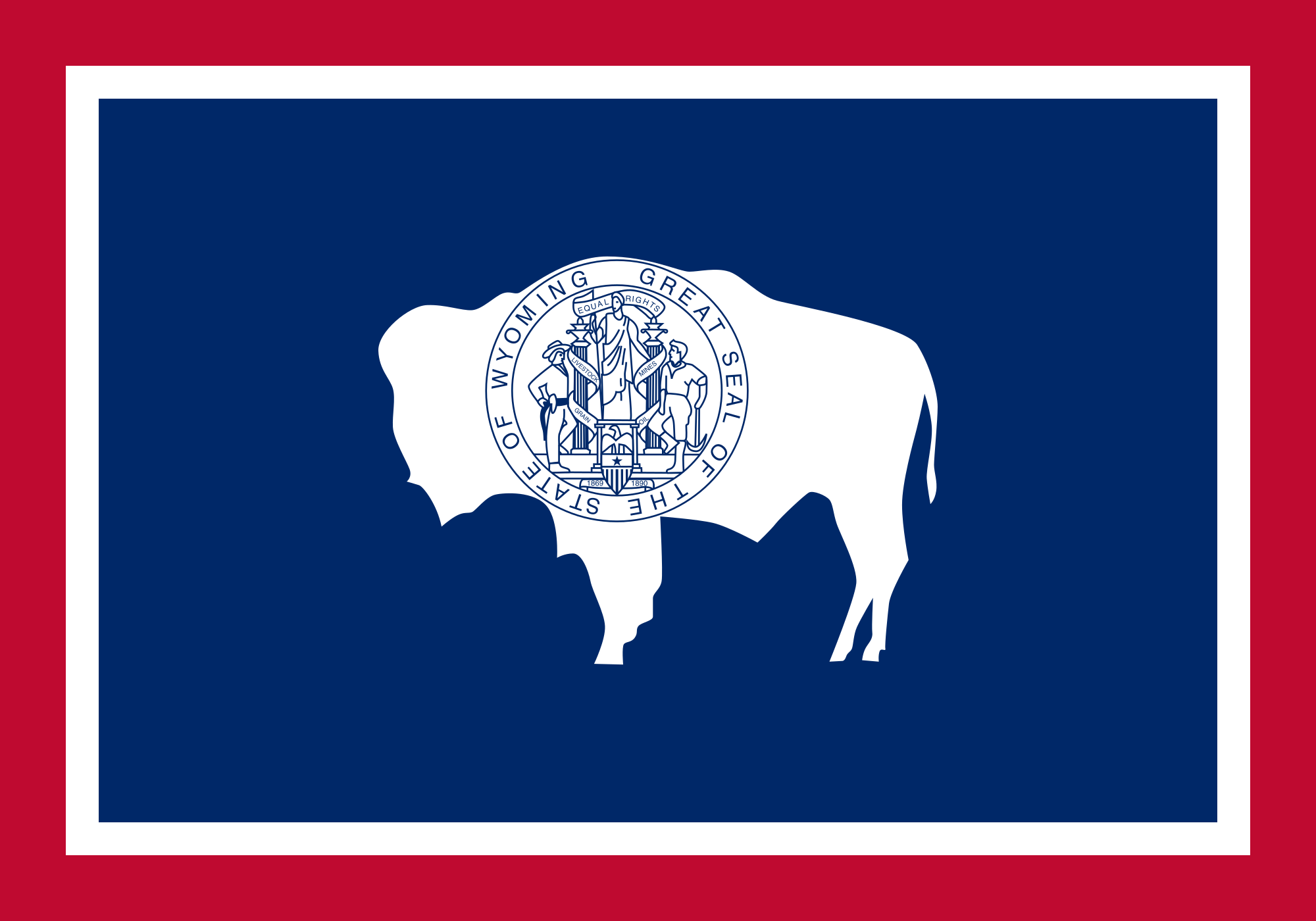SVIalpine.com is made possible thanks to a partnership between SVI Media, the Alpine Travel & Tourism Board and the Town of Alpine.
© 2024 SVI Media
Proudly built by Wyomingites in Wyoming

By Calla Shosh
Casper Star Tribune
Via- Wyoming News Exchange
Data from the National Council of State Boards of Nursing ranks Wyoming as fourth for the lowest number of nurses per 100,000 people. Only Georgia, Washington and Utah ranked higher than Wyoming for having a nursing shortage. However, data doesn’t tell the whole story. Why is Wyoming facing a nursing shortage and how does it impact people in rural areas?
Challenges at Banner Wyoming Medical Center
Dawn Nielsen has worked in nursing for 31 years at Banner Wyoming Medical Center. The current director of Pre-op Nursing, Nielsen has been at Banner Wyoming Medical Center through many changes.
“Every day you have to be able to navigate change to be a nurse,” Nielsen said. “When I started, we did paper charting. Everything was on paper. From there, we went to computerized charting, a different system that we use now.”
One of those changes is the diversification of nursing jobs. Over the past few decades, nursing jobs have become more specialized. Decades ago, a nurse might help out in the emergency room, with pre-operative care and look after patients during their recovery. Nowadays, these are all separate nursing positions. There has also been a variety of new nursing positions created that aren’t in hospitals. From nursing with cosmetic surgery practices to providing in-home care, there are more options.
“Thirty years ago the nurses I worked with had been on those units for 10-plus years, 20 years,” Susan Chambers, director of patient interactions said. “They were on the same unit and we don’t really experience that longevity a lot now.”
While that has benefitted nurses, it has contributed to challenges in hiring and retaining nurses at Banner Wyoming Medical Center. Part of the challenge is also a low number of nursing graduates from the University of Wyoming. The nursing program caps the number of students admitted each year and only produces one graduating class each year in the spring. Other universities have fall and summer graduating classes of nurses as well, Nielson said.
Data trends
As of June 30, 2025, there are 8,547 registered nurses in Wyoming, according to the Wyoming Center for Nursing. In addition, there are 2,614 advanced practice nurses and 795 licensed practice nurses.
Kara Beech, executive director of the Wyoming Nurses Association, said these numbers are similar to those in previous years. She hasn’t noticed a decrease in the number of Wyoming nurses, but a shift has occurred. “No, there hasn’t been a decrease in nurses,” Beech said. “I believe there’s been an increase in need and an increase in those jobs.”
Part of this is because of an aging population in the state. According to a report from Wyoming’s Economic Analysis Division, the state’s population of adults older than 65 increased by 3.2% compared to a 0.4% total state population increase. According to U.S. Census data, in 2023 19.2% of Wyoming’s population was older than 65. This is compared to 17.9% in 2021 and 16.7% in 2018. Aging populations require more care, which can strain healthcare resources.
Another reason is that since COVID-19, the number of students graduating with degrees in nursing has decreased, Beech said. Lastly, there are other opportunities for nurses that are in the healthcare sector, but aren’t directly providing patient care. Some of these are newer opportunities.
A solution in sight?
Beech proposed a few potential solutions to mitigate the impact of strained nursing resources.
“[We need to be] showing young kids all of the different things that nurses do and why they’re so important,” Beech said. “When they go to school and the teacher asks them, well, what do I want to be when I grow up? Well, I want to be a nurse, you know, and that’s so important because they are the ones that are taking care of us and we need to ensure that we continue to have full enrollments in all of our nursing schools. So that because our population is getting so much older, that we have the nurses here to be able to employ.”
Banner Wyoming Medical Center has implemented a training program, pairing new nurses up with more experienced ones for their first year. To meet their need for scrub technicians—a challenge when no certification program exists in Wyoming—Banner Wyoming Medical Center started its own training program last year, successfully graduating one member. While this has temporarily provided relief for healthcare services in Casper, this solution doesn’t address other statewide challenges.
One concern is employing nurses in rural communities as Wyoming faces growing maternity healthcare deserts. In areas with extremely low numbers of births, getting any medical care or support can be difficult.
“It’s not that you just need a nurse and a doctor to be able to deliver the baby, but do you have anesthesia?” Beech said. “Are you able to do a C-section if you have to do a C-section? And all of those things, all of your staff has to be able to be prepared to do that, and so ensuring that everybody is able to do that can be really difficult with the low numbers that we see.”
To help with the maternity healthcare deserts, some rural clinics rotate their nurses through the OB department of metropolitan hospitals.
“I was the HR director for Powell Valley Healthcare and when we were there we would send some of our nurses up to Billings Clinic and St. B’s to do rotations through their OB departments so that they had more experience in those types of settings,” Beech said.
SVIalpine.com is made possible thanks to a partnership between SVI Media, the Alpine Travel & Tourism Board and the Town of Alpine.
© 2024 SVI Media
Proudly built by Wyomingites in Wyoming
